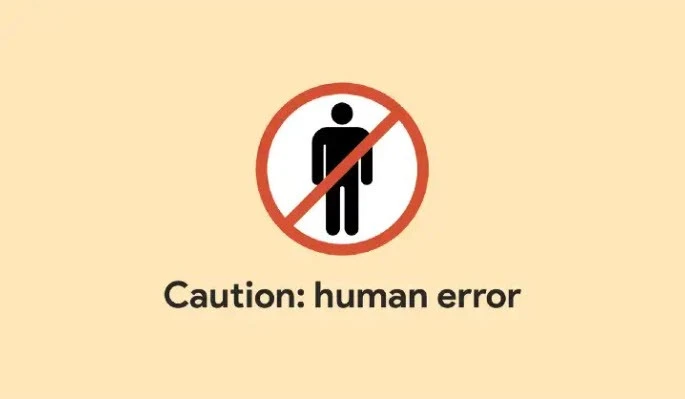When you’re working in a high-stakes environment, there’s no room for mistakes. A simple error can cost time, money, and sometimes even lives. So, how can businesses ensure that human error is minimized?
1. Effective Training Programs
Training is the foundation for preventing human error in any environment. When employees are fully equipped with the knowledge they need, the chances of mistakes plummet. However, it’s not just about throwing information at them and hoping it sticks.
Training needs to be ongoing and updated regularly. The world moves fast, and so do workplace technologies and regulations. Keeping your team informed with the latest practices and tools is a must.
People learn better by doing, not just watching. So, whether it’s practicing a procedure, using a piece of equipment, or running through simulations, hands-on experience is crucial.
2. Checklists Are Your Friend
Imagine trying to remember every single task you need to do, all day, without missing a step. Sounds like a recipe for error, right? That’s where checklists come in.
While checklists might seem simple, they’re powerful tools to prevent mistakes. They offer a structured way to ensure every part of a process is completed correctly. In high-stakes environments, where skipping a step can be catastrophic, a checklist is a reliable safety net.
3. Encouraging a Culture of Accountability
One of the best ways to prevent errors is to create a culture where everyone takes ownership of their actions. If people are afraid to admit they’ve made a mistake, small issues can snowball into big problems. But when a workplace encourages open communication and accountability, employees are more likely to speak up and correct mistakes early.
4. Limit Distractions
Distractions are one of the biggest culprits when it comes to human error. It’s hard to stay focused when your environment is chaotic or when you’re being pulled in multiple directions. High-stakes environments should be designed to limit these distractions as much as possible.
Consider this: how often do errors happen because someone was interrupted during a task? It’s not uncommon for mistakes to occur when attention is diverted.
5. Regular Audits and Feedback Loops
How do you know if your team is performing at its best or if errors are happening under the radar? Regular audits and feedback loops provide you with the insights you need to make improvements.
By periodically reviewing processes and identifying where errors have occurred (or could occur), you’re better positioned to prevent future mistakes. Plus, employees benefit from receiving feedback on their performance.
Feedback should be constructive, though. If the goal is to improve performance and minimize errors, feedback needs to be supportive rather than punitive. This approach encourages continuous learning and growth.
6. Use Technology Wisely
In today’s world, technology is one of the best tools we have to prevent human errors. Automated systems can take over repetitive tasks, freeing up human brainpower for more critical decision-making.
For example, error-checking software, automatic alerts, and real-time data analysis can all help to catch mistakes before they become problems. In some industries, robots and AI can handle tasks that are too complex or prone to human error.
That said, technology shouldn’t be seen as a cure-all. It’s a tool that complements human work, not replaces it. The key is using it where it’s most effective and ensuring your team knows how to use it properly.
7. Fatigue Management
It’s no secret that tired people make mistakes. When employees are overworked or fatigued, their ability to concentrate and perform tasks accurately declines. High-stakes environments should have strategies in place to manage fatigue and prevent burnout. This might involve rotating shifts, ensuring breaks are taken, and monitoring workloads.
8. Clear Communication Channels
Miscommunication is another common source of human error. Whether it’s a misunderstanding of a task or missing out on key information, poor communication can lead to mistakes. That’s why having clear, open communication channels is critical.
Make sure instructions are clear, concise, and confirmed. Encourage team members to ask questions when something is unclear. The more precise the communication, the less chance there is for errors to slip through the cracks.
9. Emphasize Teamwork
No one works in a vacuum, especially in high-stakes environments. Building a strong team dynamic can reduce the likelihood of errors because everyone is looking out for one another. When team members trust and rely on each other, they’re more likely to catch mistakes before they escalate.
Preventing human error isn’t about expecting perfection from your team. Instead, it’s about creating systems and a work culture that support accuracy and accountability. From effective training to fostering communication and utilizing technology, there are plenty of ways to minimize mistakes.
Don’t miss the Buzz Revolve! Head over to Tickzoo for trending stories and more!



